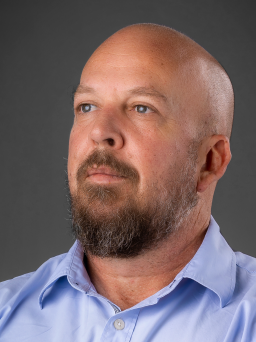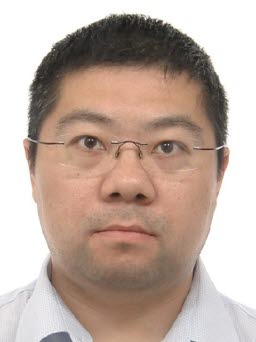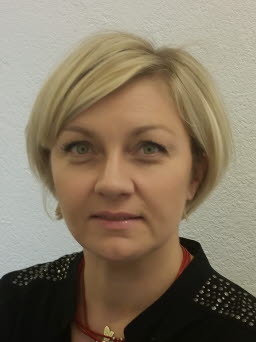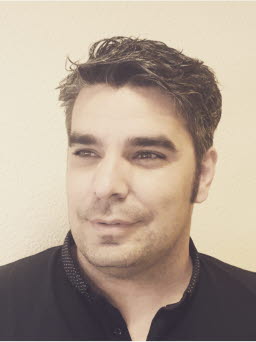Doing their homework
As a trusted supplier of rubber process oils, Nynas is committed to offering the best solution for any given rubber material regardless of the application.

Dr Kamyar Alavi
Senior Technical Advisor
Nynas AB
“Regardless of the amount of oil that is used in your particular rubber compound or application, we promise to find and offer the best possible solution. Our aim is always to secure the highest performance with our naphthenic oils in any given rubber application,” says Dr Kamyar Alavi, Senior Technical Advisor, Tyre and Rubber Oils, Nynas Naphthenics, who leads the team dedicated to the rubber market.
Nynas has a broad and differentiated product portfolio and the team’s experts help customers select the most appropriate oils for their products.
“To make such detailed product suggestions, we obviously need to have good insight into the performance of the oil in particular applications. In other words – we need to have done our homework,” says Kamyar Alavi.
For their homework, the team has access to a state-of-the-art rubber compounding and characterisation laboratory. Here, new ideas can be tested, properties investigated, and high performance validated.
Recently, for example, the team took a closer look at chloroprene rubber (CR). As a first step in this study, a CR compound was developed and the impact of compound design as well as processing conditions were investigated.
“With the possibilities offered in Nynas Rubber Compounding Lab, we could quickly make the necessary adjustments in order to optimise the formulation to reach our targets,” Kamyar Alavi explains.
As a next step, the compound will be used for an in-depth study of how different rubber process oils affect the properties of the final rubber material.
“This is the most recent example of our R&D work for the rubber industry, and numerous other studies have been carried out in the past on other rubber materials. These studies are a great way of showing the performance of our oils as rubber plasticisers, which is helpful to ourselves, but more importantly also to our customers, for the selection of the most suitable oil for a particular application,” he says.
Developing formulations
In the Nynas Rubber Compounding Lab, the company’s specialists are able to develop formulations. In a recent study, focusing on chloroprene rubber (CR), the team looked at the effect of the formulation as well as the vulcanisation temperature on the curing behaviour of the rubber.

Regardless of market share
- The rubber market can be divided into tyre rubber and non-tyre, or technical, rubber. The market may also be analysed based on the different rubber polymers used for different applications, as in the diagram below which shows the relative market share of different rubber types based on polymer production (based on internal and external sources).
- However, this does not reflect the picture in the rubber oil market as the typical content of rubber oil is not the same in different rubbers. For instance, EPDM compounds usually contain a relatively high portion of oil, sometimes even exceeding the polymer portion, whilst the oil content in other rubbers, such as CR or NBR, is substantially lower.
- Taking that into account, the share of rubber oil for EPDM is estimated to be significantly larger than their corresponding share in the rubber market, whilst for CR the share of rubber oils would be in the range of only a few percent. V “However, our focus and attention to performance are not affected by the relative market share of a specific rubber type,” Kamyar Alavi emphasises.














































